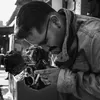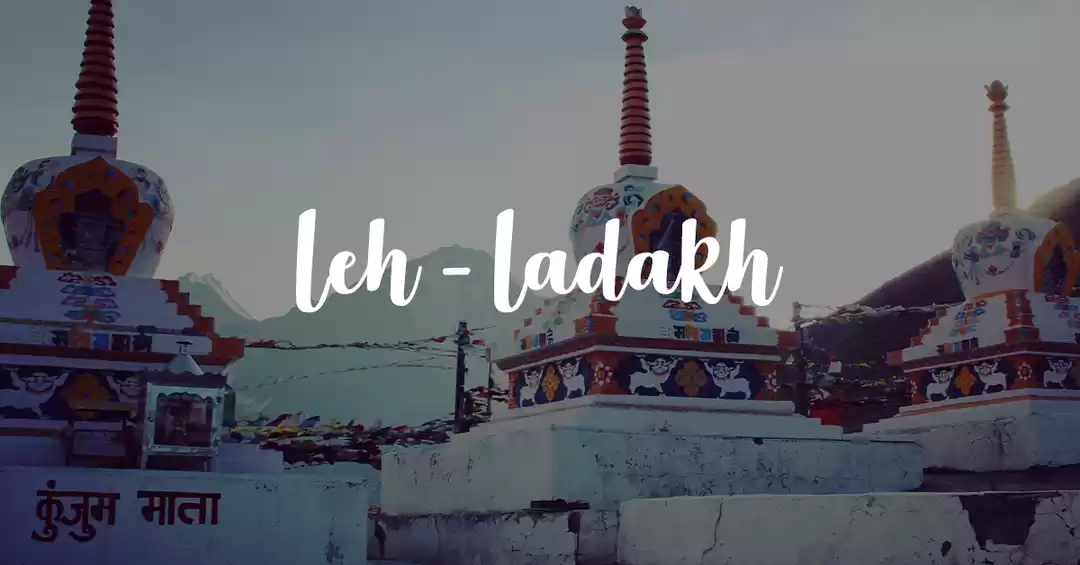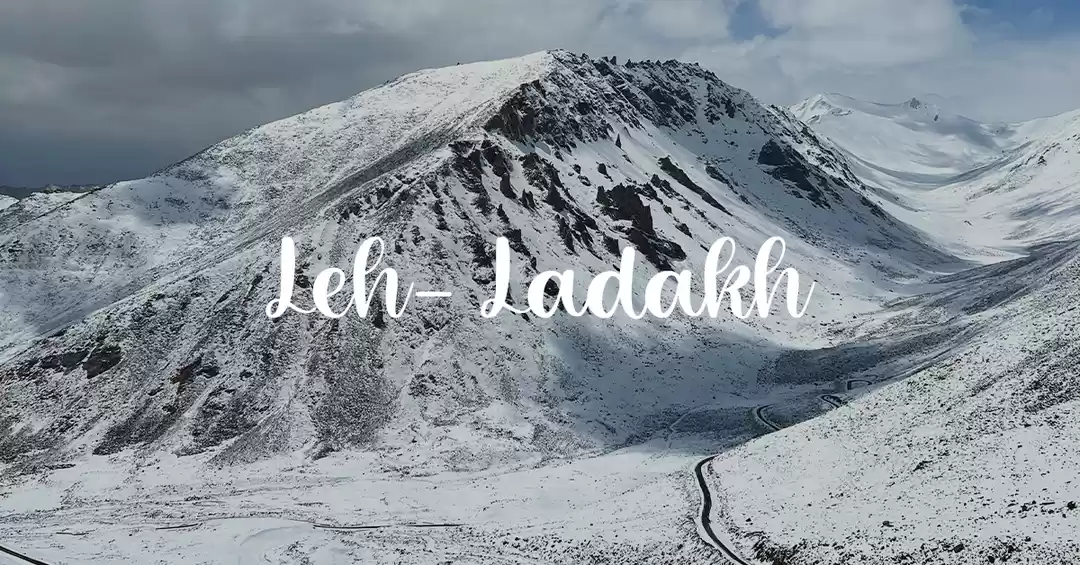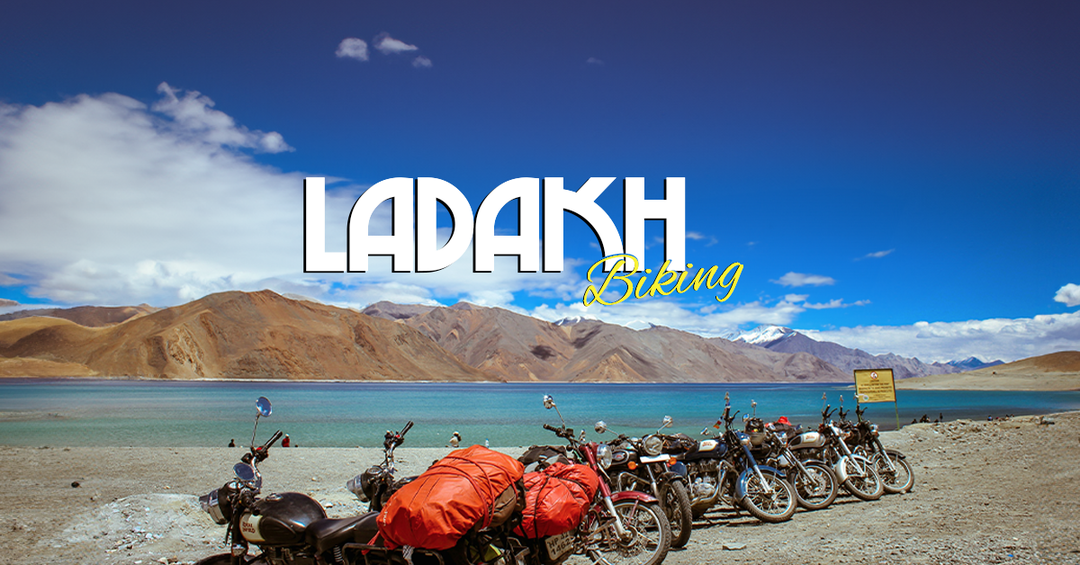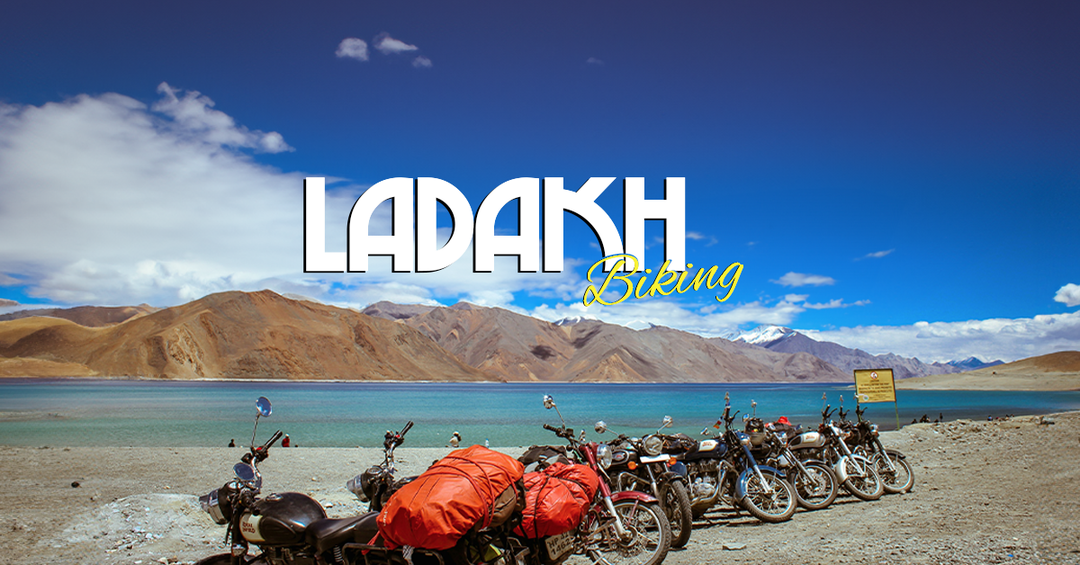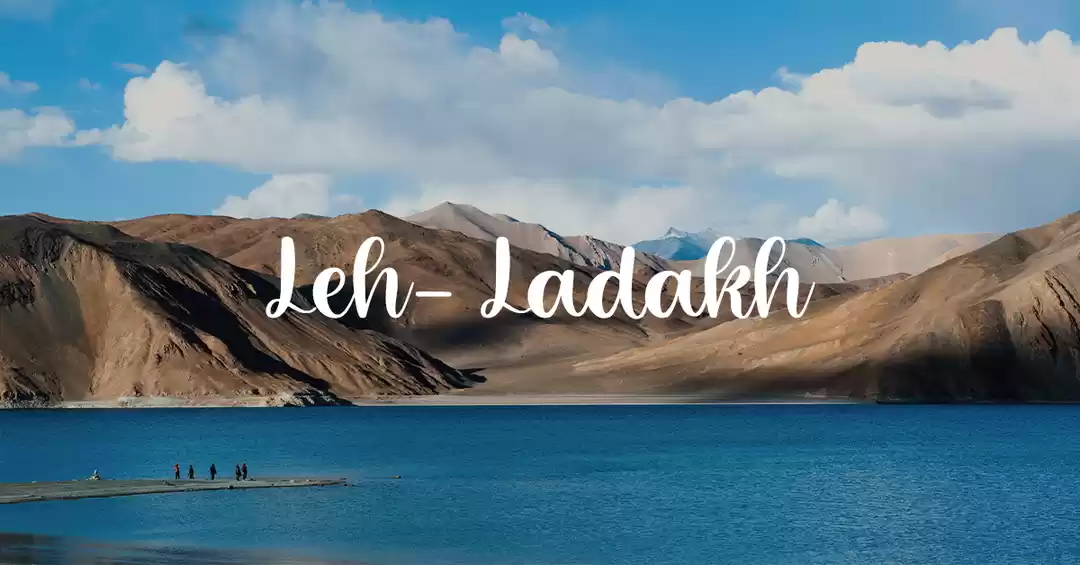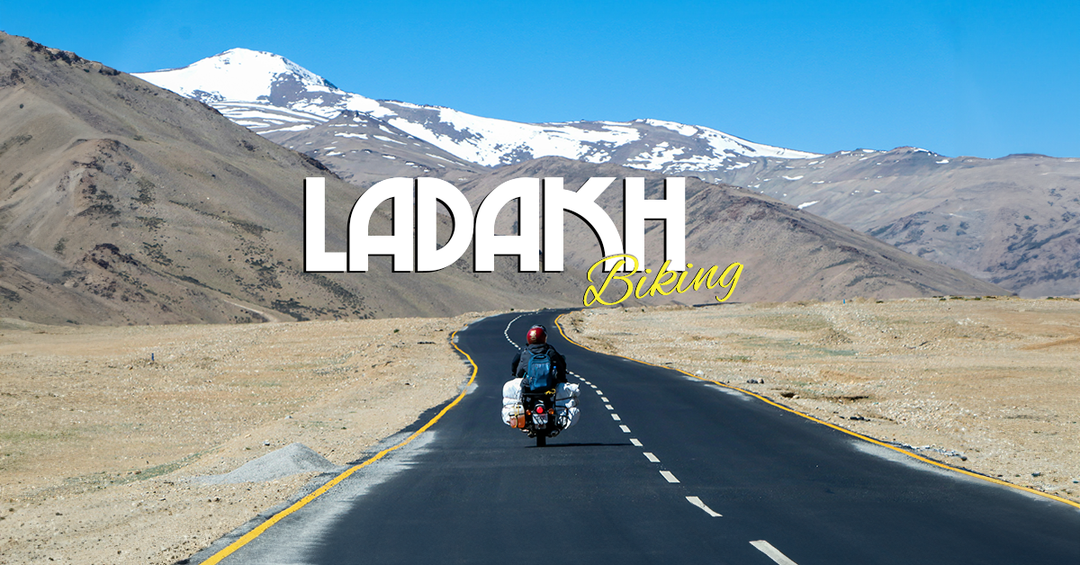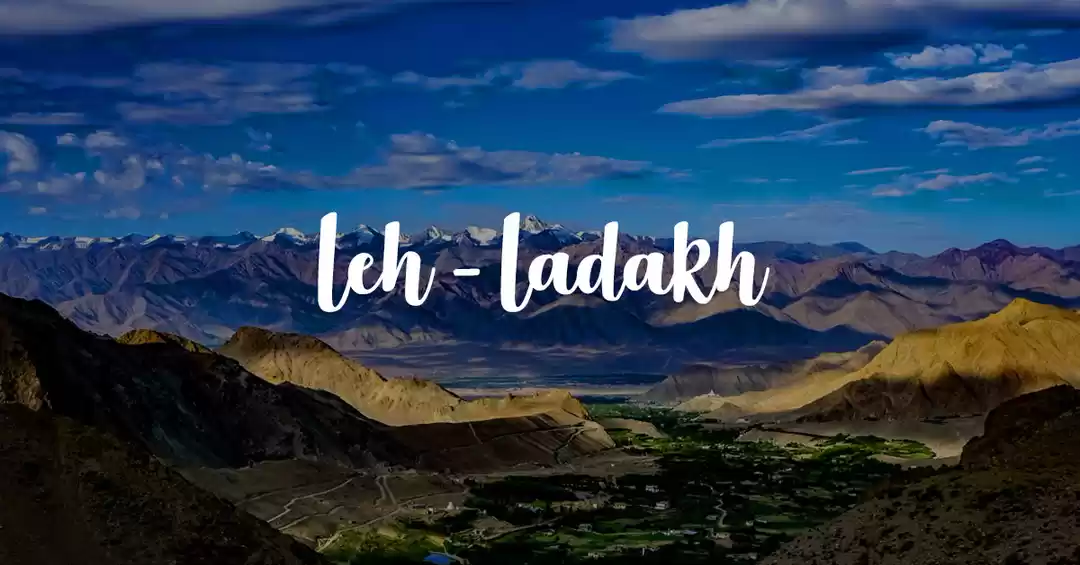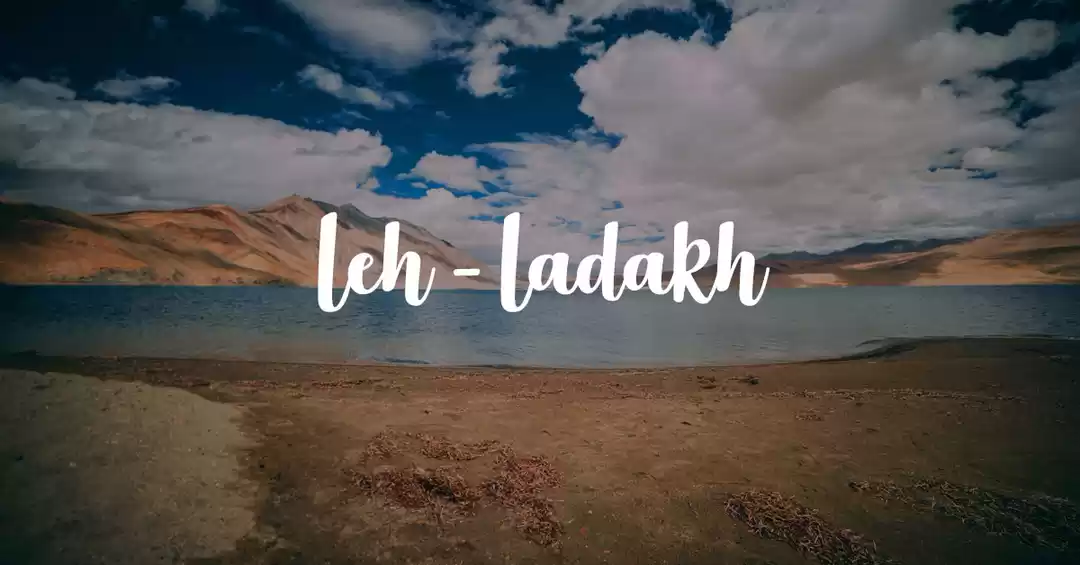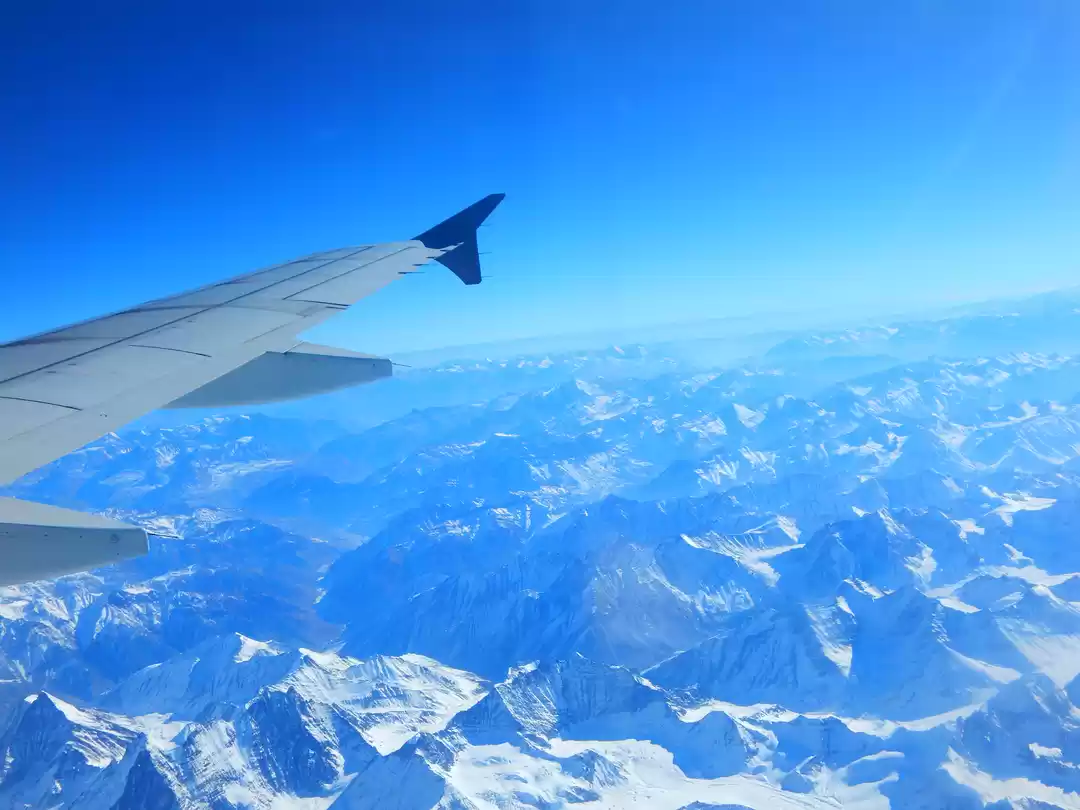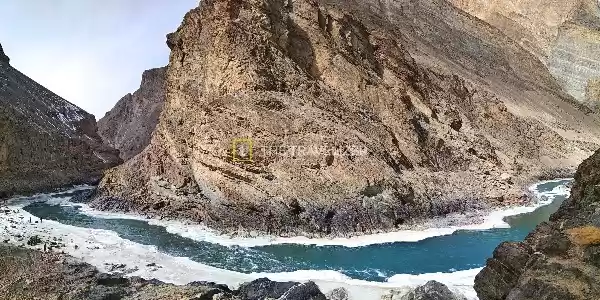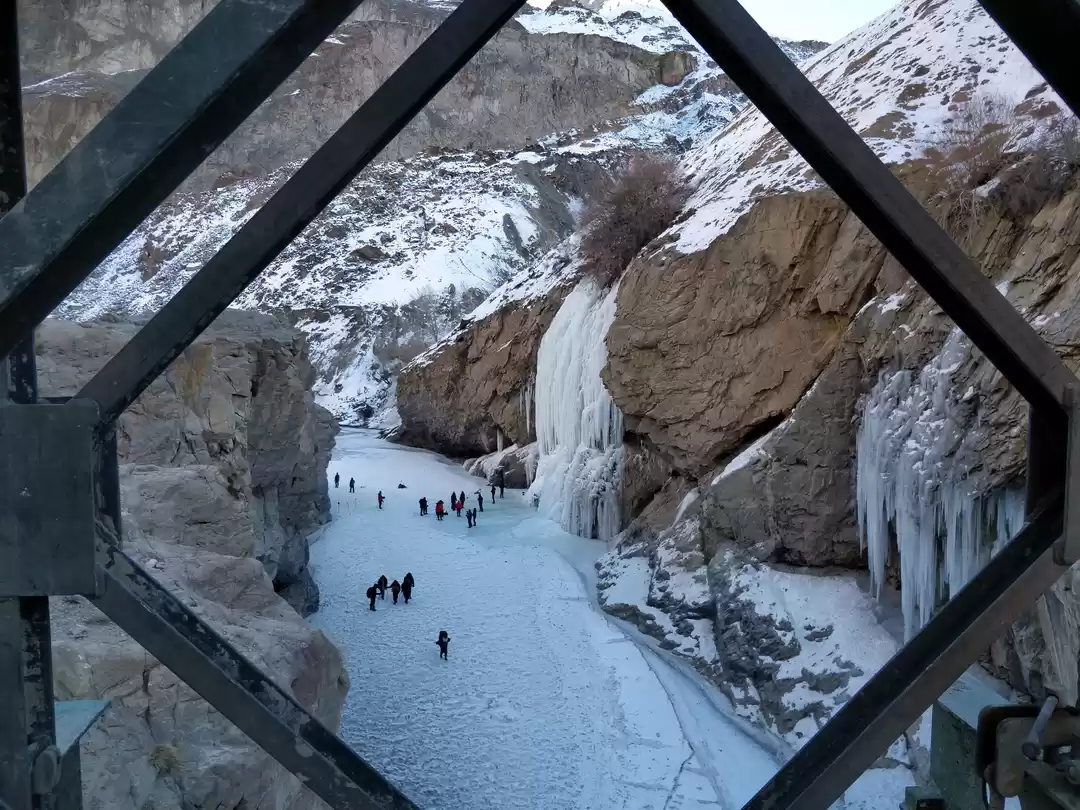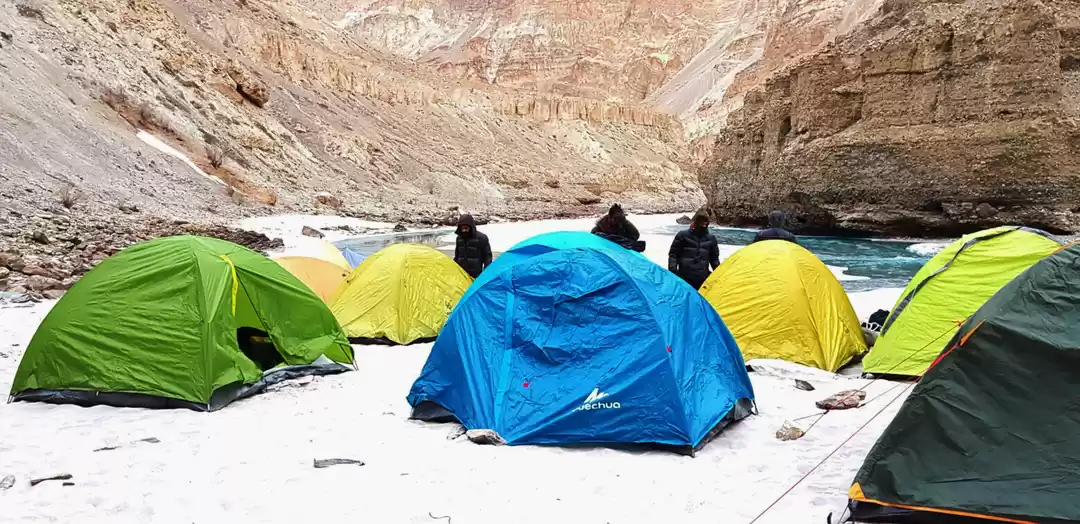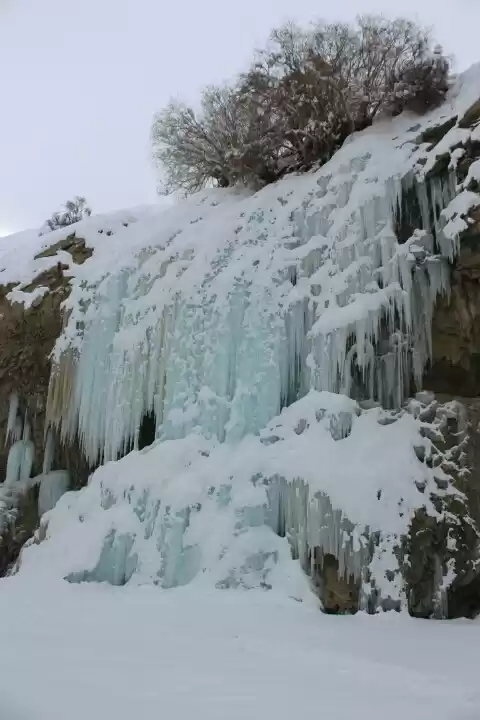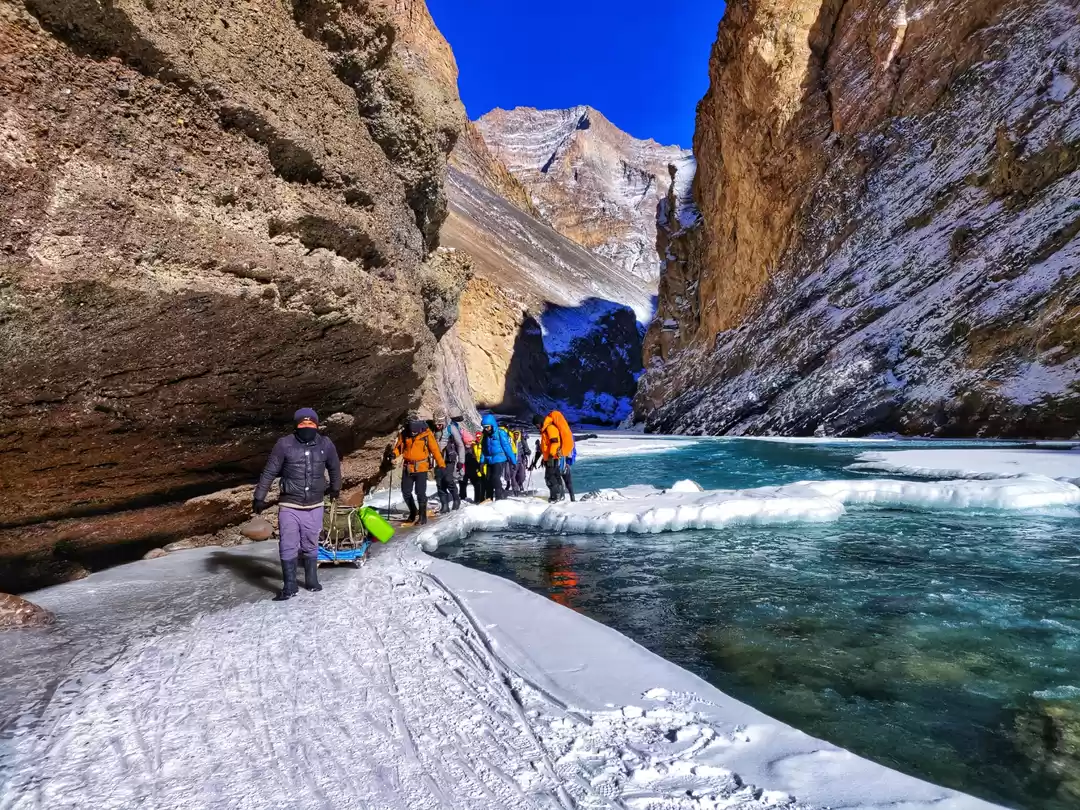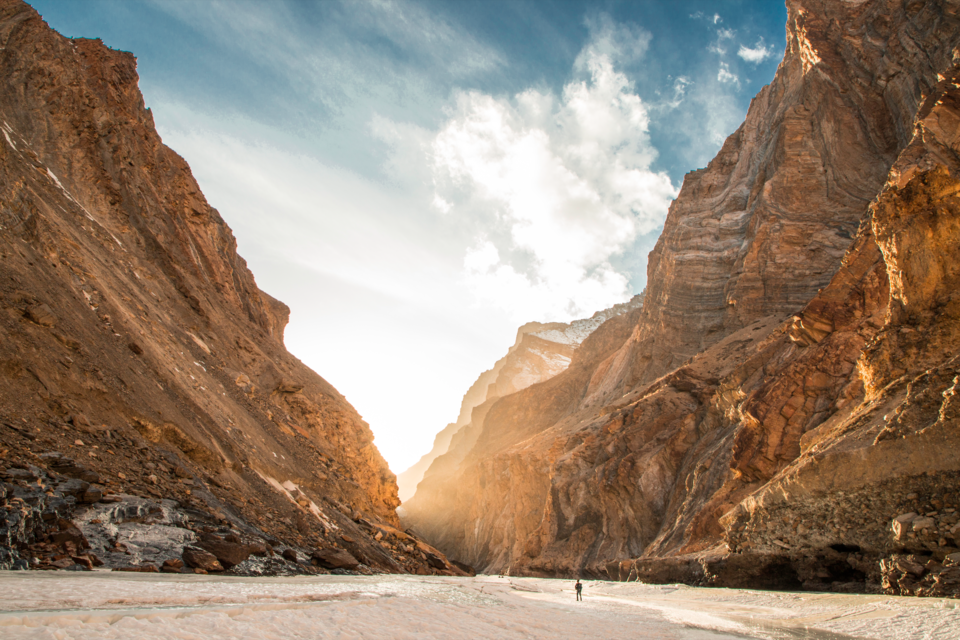
This isn't going to be your regular travel blog about the Chadar Trek. There are plenty of them out there already, written by more experienced travelers, and catered to an audience who wants to know more about the general feel of the trek. This blog is going to tell you how to go about photographing it, or more specifically, how I went about photographing the trek. I made some mistakes along the way, learnt a lot from them and came back with an arsenal of photographs that I can proudly say document the trek in a way that has never been done before.
But first things first : you need to sort out your gear
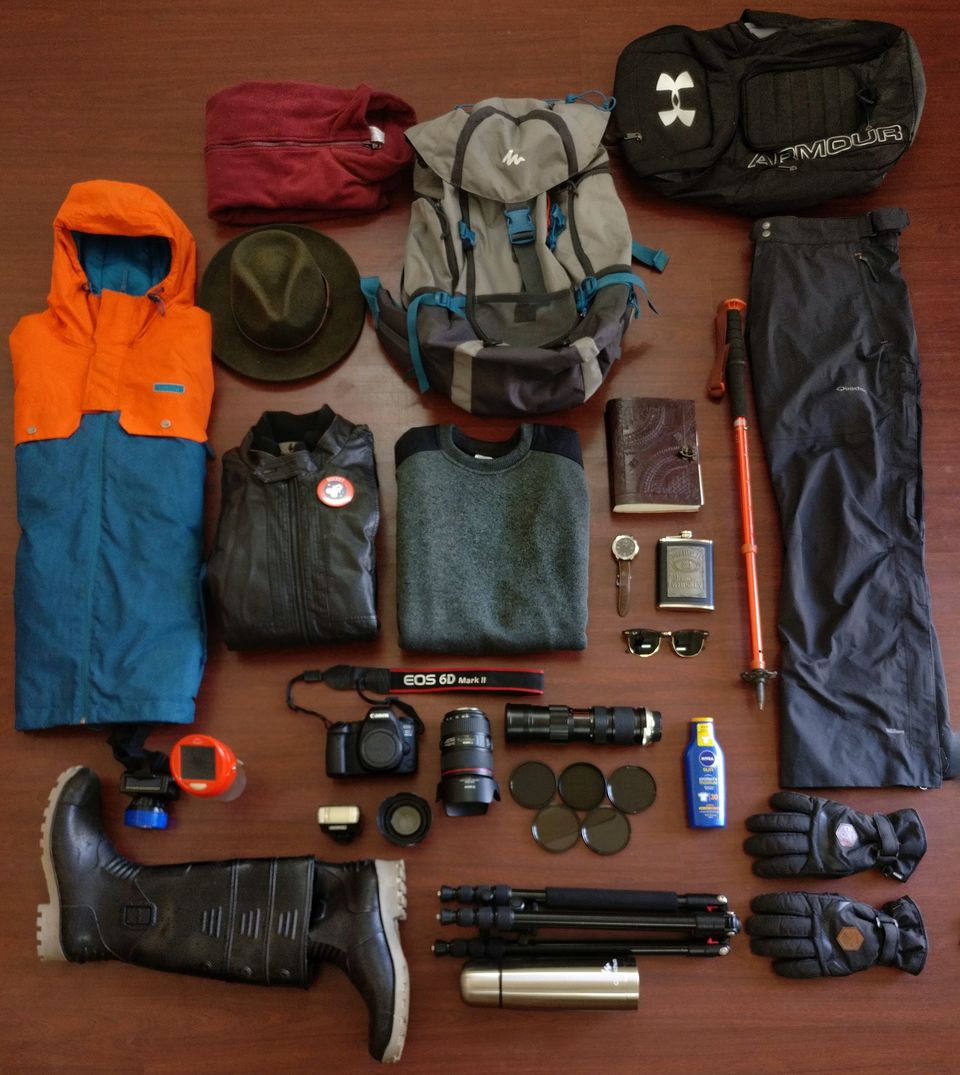
Often when we plan a shoot, we tend to take more gear with us than is needed. We justify that by citing that one-of incident that may occur that'll make us want to use that extra lens, or that slider or those lights.
You don't have the luxury of that on the Chadar trek. It gets really hard to walk on ice, and every gram of extra weight makes it's presence felt. I took a call and zeroed down on the following list.
Camera Gear Taken:
1. Canon 6D Mark II (full-frame)
2. Canon EF 24-105mm f4L II lens (landscape lens)
3. Canon EF 50mm f1.8 STM lens (street + portrait lens)
4. GoPro Hero 5 Black (for video)
5. OnePlus 3T
6. A set of ND Filters ( ND 4/8/16/32)
7. Circular Polarizing Filter
8. Tripod
9. 4 extra batteries + 2 powerbanks (most important)
I zeroed down to this list after a lot of consideration. A full frame camera combined with a wide angle lens is a huge asset for landscape photography, and were the first things I put in my bag. I added my 50mm because it weighed practically nothing and because I knew I wanted to make portraits of the locals. CPL and ND filters were a no brainer too. The hardest decision was whether or not to take my tripod. I spoke to a lot of people, and almost everyone advised me against it. But in my gut, I knew I'd make good use of it, and decided to add the extra weight.
New Delhi to Leh
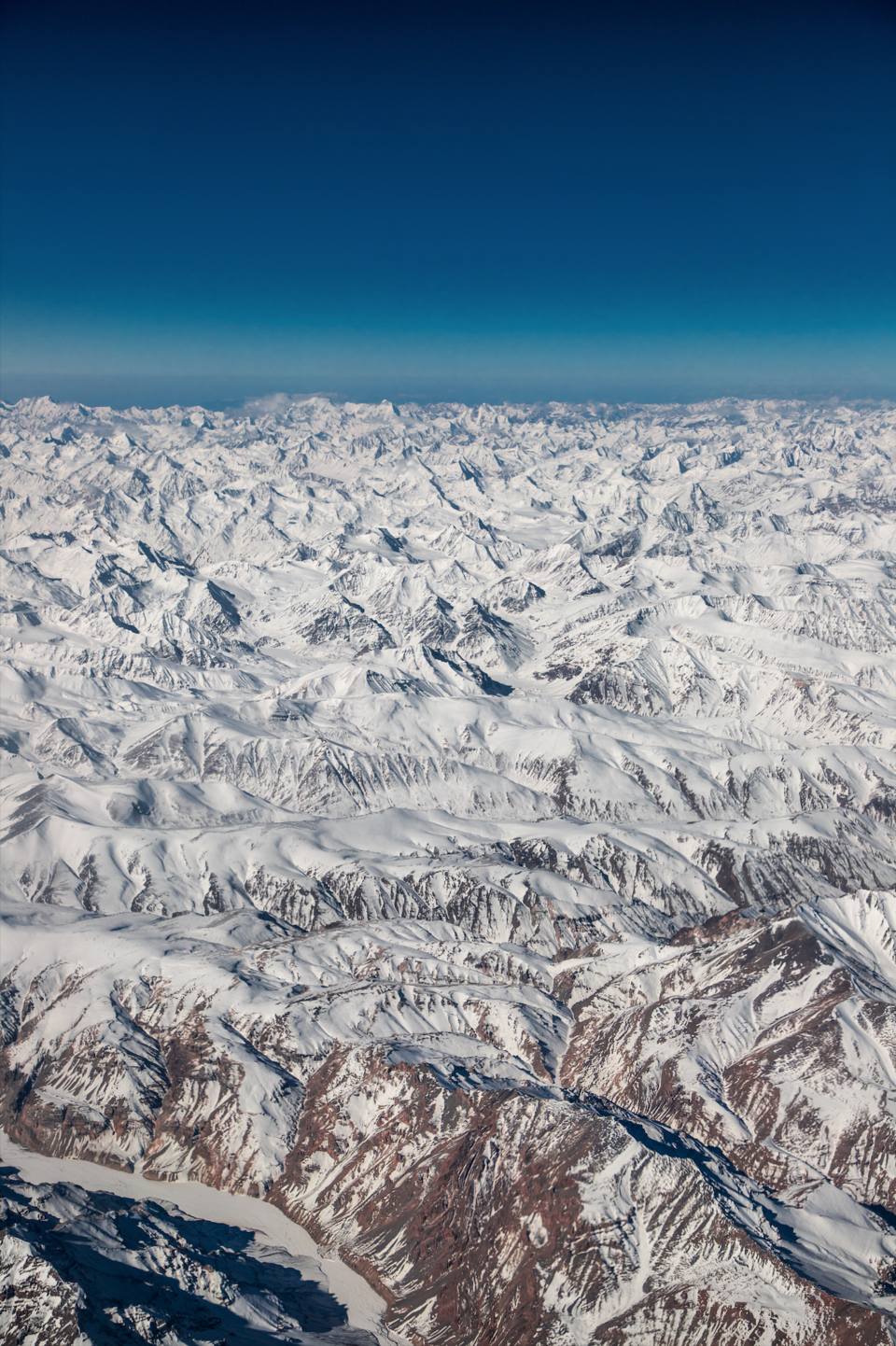
I ALWAYS keep my phone camera handy with me, for those situations when I can't reach for my camera. This was one such. The flight from New Delhi to Ladakh takes you through some beautiful mountain views. I took this photograph one my OnePlus 3T through the surprisingly super clean plane windows.
The Chadar Trek is called the "wildest trek in the world" and for good reason. It's not that physically taxing, but all the elements there are against you, even more so if you want to document it like I did. In the end, it all comes down to mind over matter. If you can pre-visualize the shots you want to get, and your desire to get them is strong enough, you'll find a way to get them.
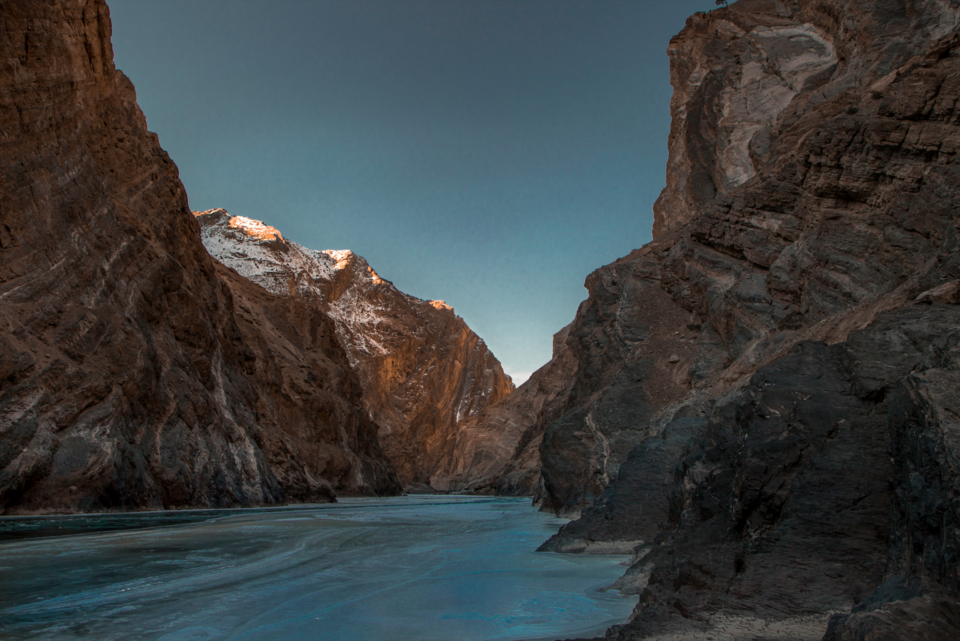
One of the most frequent tips I got from travelers who'd done the trek before me was to keep my camera inside my bag at all times, and only bring it out when I needed to. It is solid advice, given as to how frequently you slip and fall on that ice. However, this was one advice I threw right out of the window. I kept my camera on me for 100% of the trek. I was constantly wearing it on my shoulder. I knew the risk was huge, but for me, an even bigger risk was missing out on a shot because my camera was packed inside. Yes, I did fall a few times, and ended up banging my camera on the ice and rocks. It even slipped and rolled down a small hill, onto rock solid ice once. But most modern day cameras are built like tanks. They're made to handle abuse. So give them hell. They're professional tools. You wouldn't buy a Harley and leave it in the garage in the fear of it getting a little wet or dirty would you?
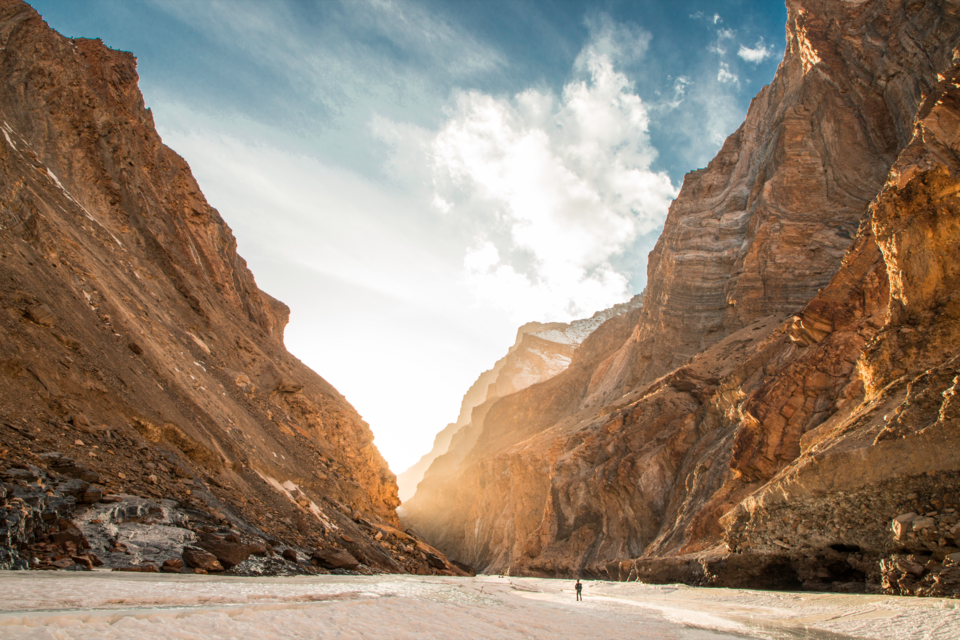
The golden hour inside a mountain valley lasts for a much smaller period that on mountain tops. And you have to be ready for that once it happens. Sunsets can get a little underwhelming, but sunrises knock your socks off every single time. The light begins to creep slowly, and casts beautiful shadows. The light play gets very intricate, and you need to be set up and in position beforehand to get your shots. Rest assured, it's a very rewarding experience. Every single sunrise in the mountains humbled me beyond words.
Nights on the Chadar Trek
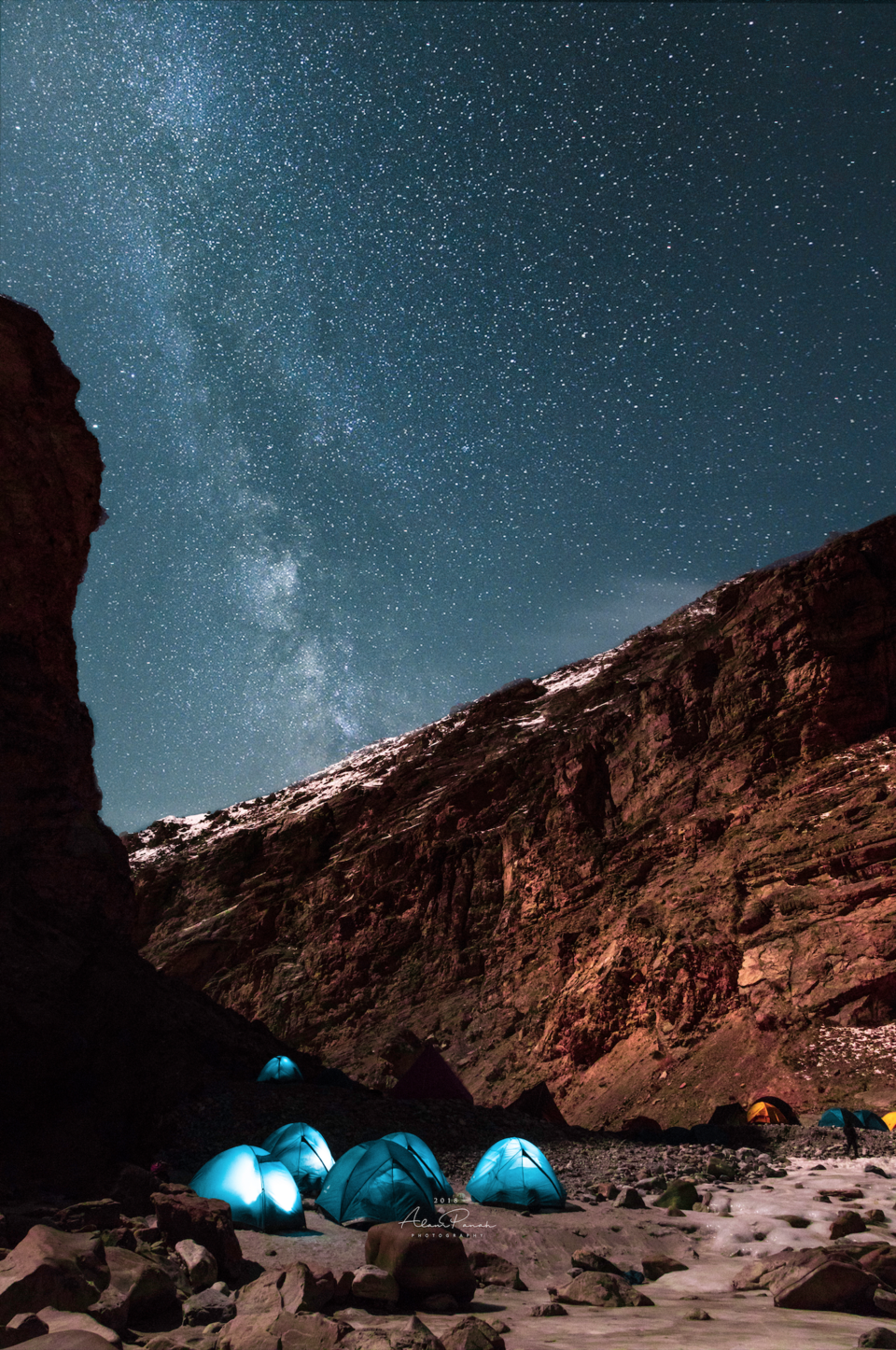
Night times on the chadar are a different ballgame. Temperatures dip to -20 degrees, and the idea of getting out of your comfortable sleeping bags is daunting to say the least. But that is exactly what you have to do if you want to gets photographs like this. I used to layer up, pull out my heavy tripod and equipment, grab a free porter and just spend as much time as was physically permissible, shooting the night sky. Grabbing focus was the hardest part and I used to have my porter run all the way to the distant hills with a torchlight for me to focus on. Getting your composition and exposure correct was also more of a trial and error game due to zero ambient light, and multiple exposures were need for stacking up the milkyway. After a while, you could physically feel your entire body start to go numb from the cold, but you got to do what you got to do to make those shots come to life.
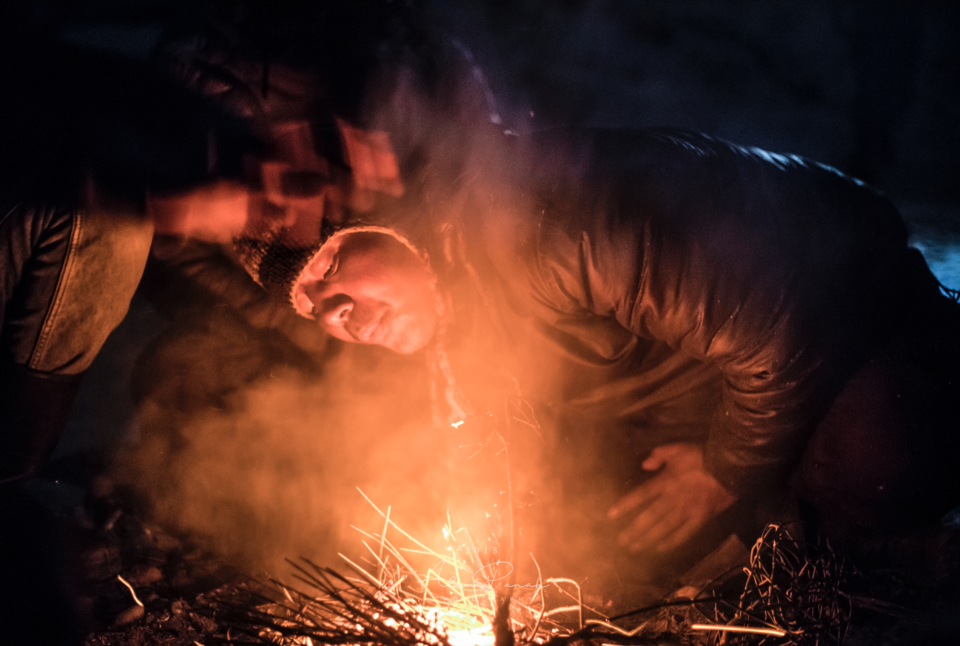
Humans of Chadar
You meet a lot of people on the Chadar trek, apart from your own team. There are all the porters and guides who come with you, other trekking teams and the multitude of locals that you run into. They would all either be making their way to Naerak/Zanskar or coming from there, so the trek also turns into somewhat of a street photographer's paradise.
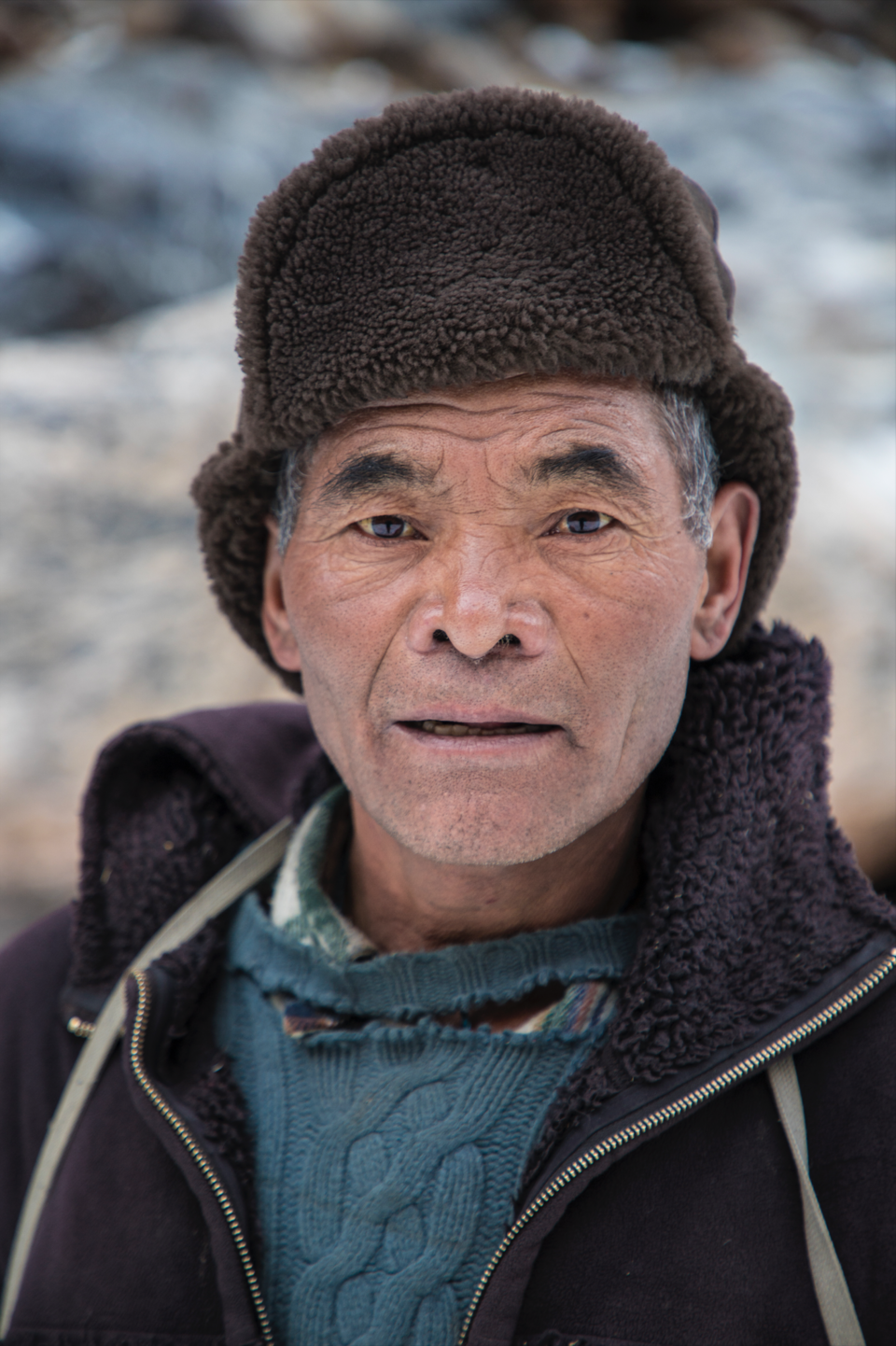
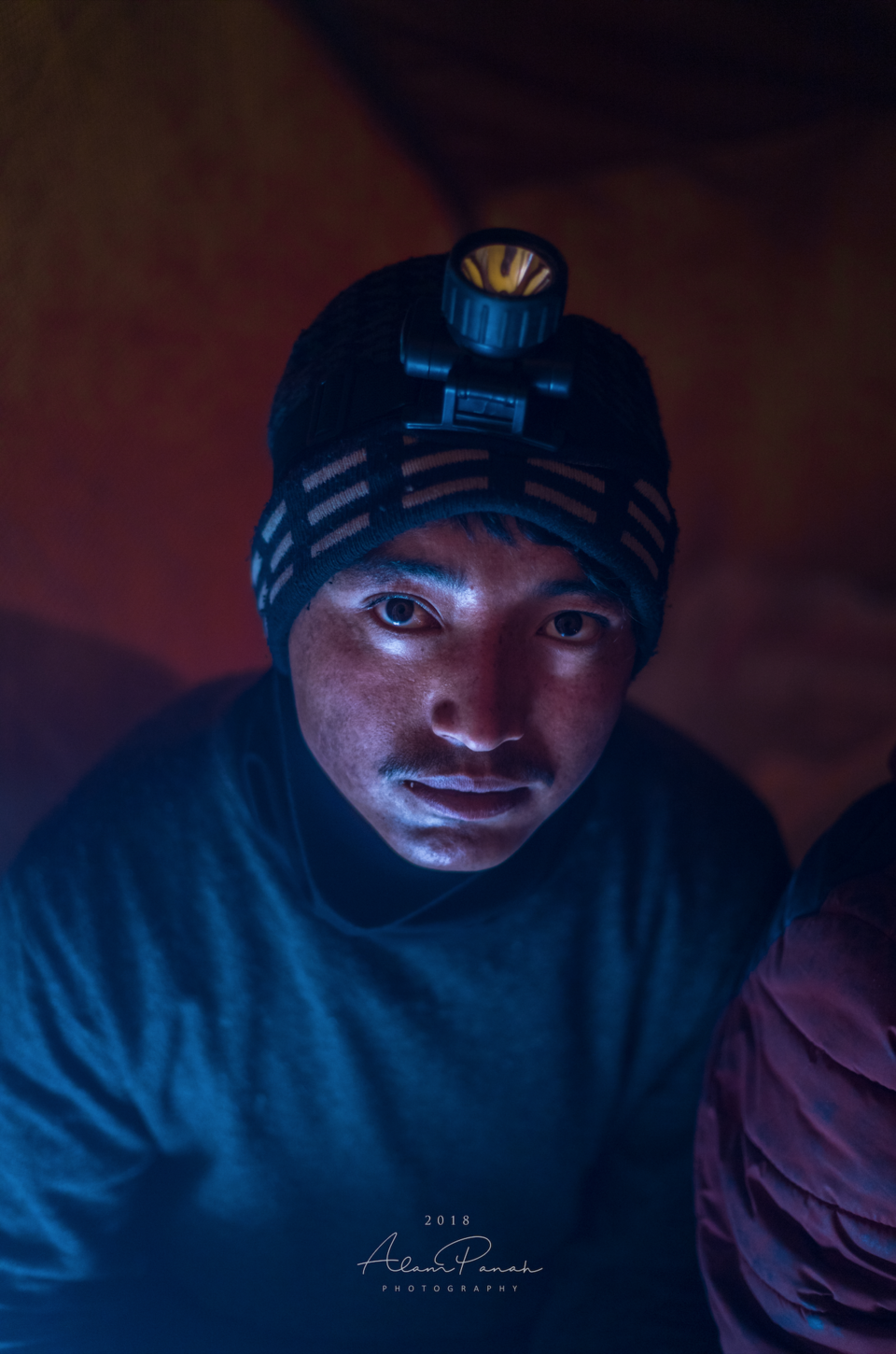
I made some of the most engaging conversations with the locals on the trek. We spoke about everything, from working in the harsh environments to tracking snow leopards to surviving in remote villages like Zanskar. They had a unique point of view on almost everything, it was like getting to interact with a part of the world that you can't describe unless you experience it.
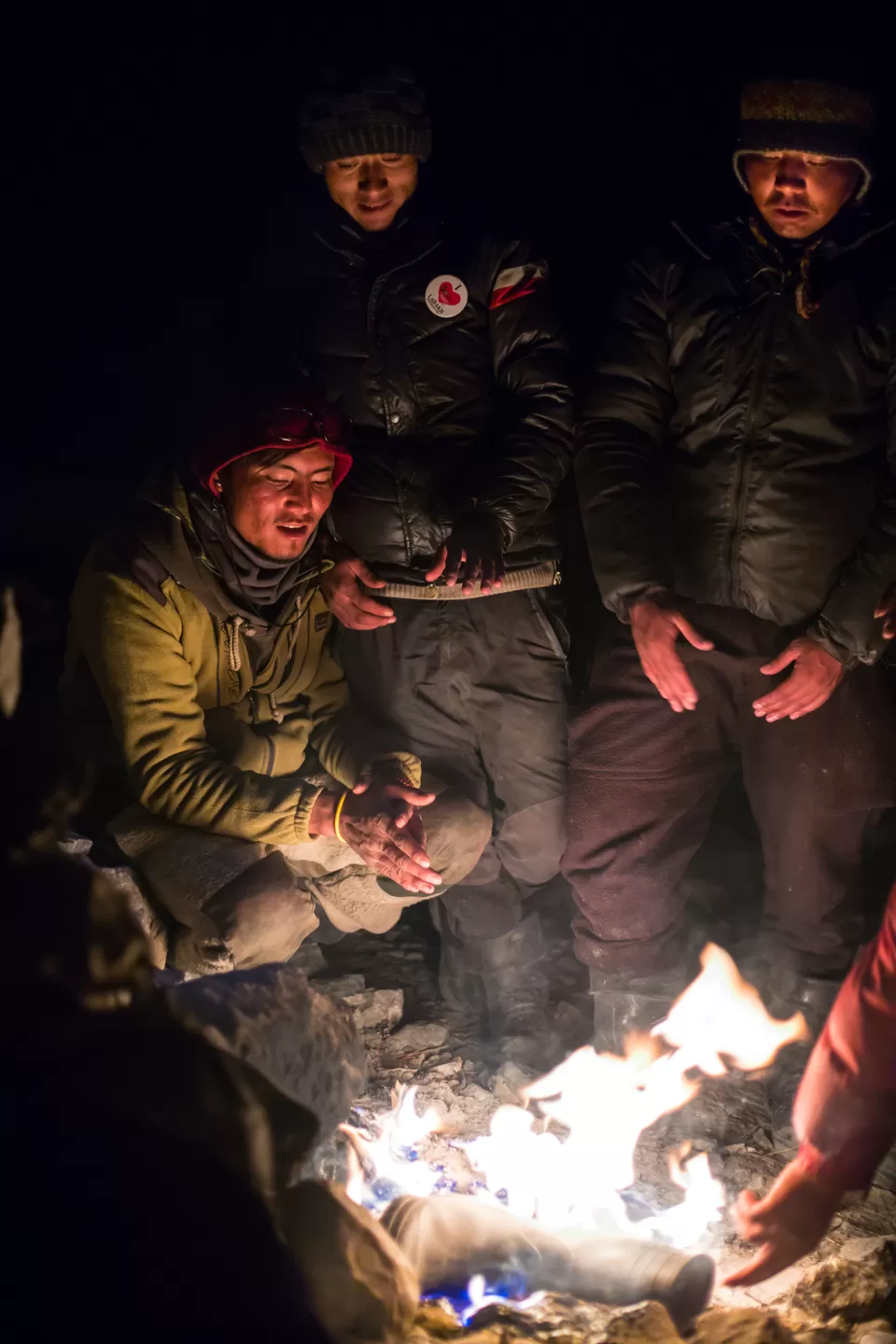
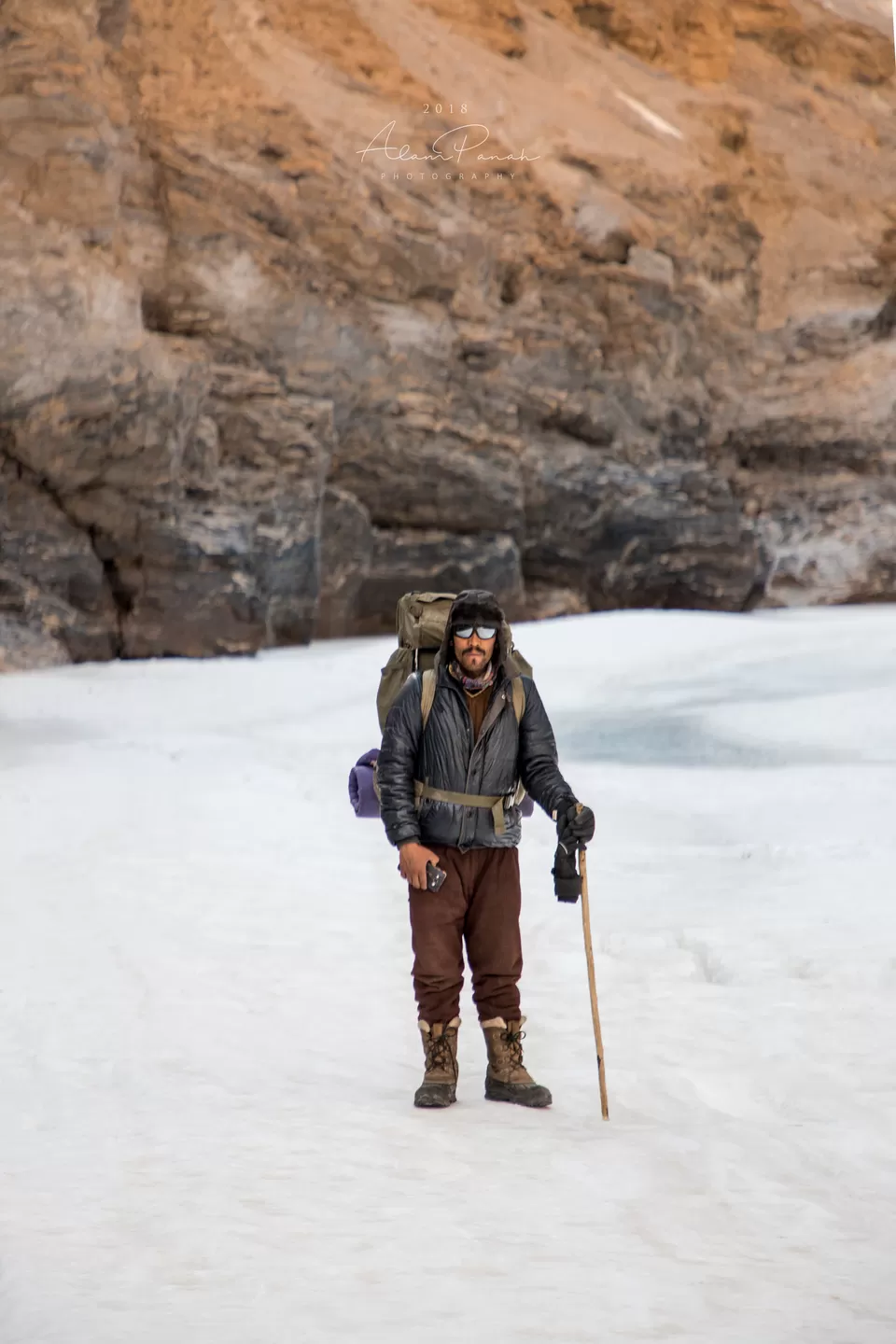
A tip that came in handy for photographing the locals was getting them warmed up to you first. Not everyone feels comfortable with a camera being pointed at their face. So I spent my first 2 days clicking almost no pictures of the locals, and once they felt comfortable around me, I brought it out. And it was worth the wait.
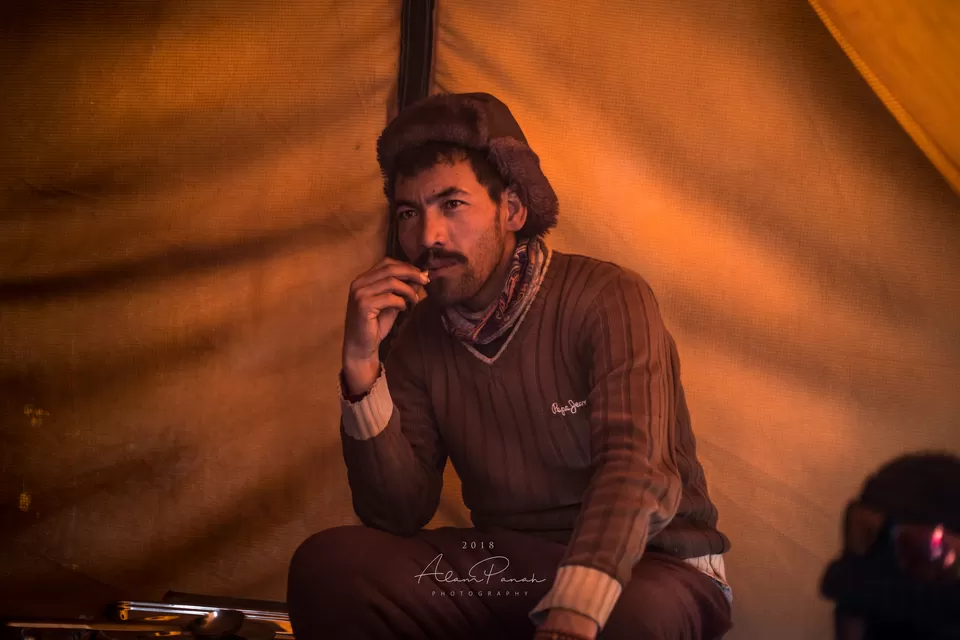
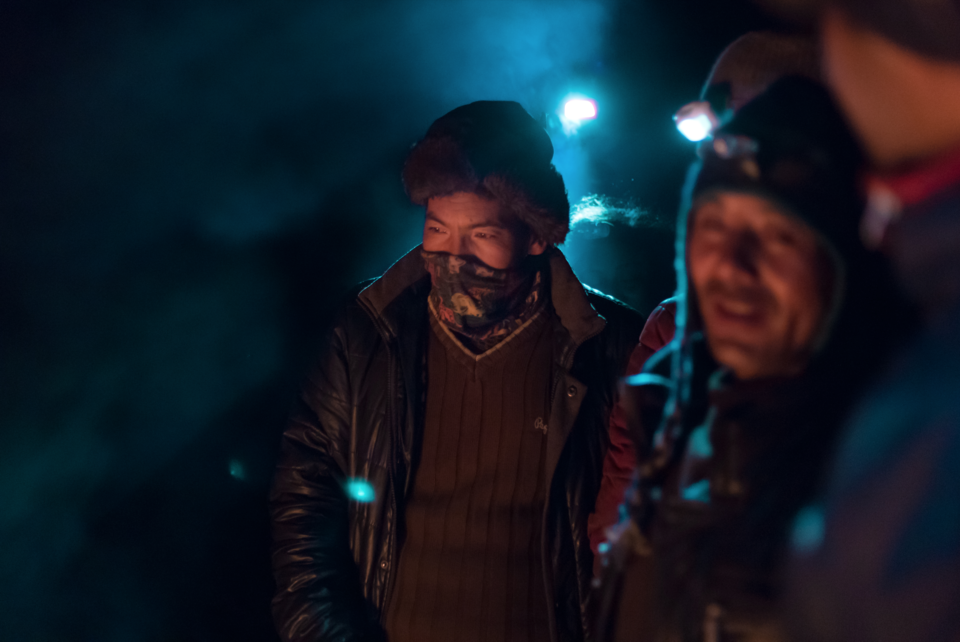
My Money Shot
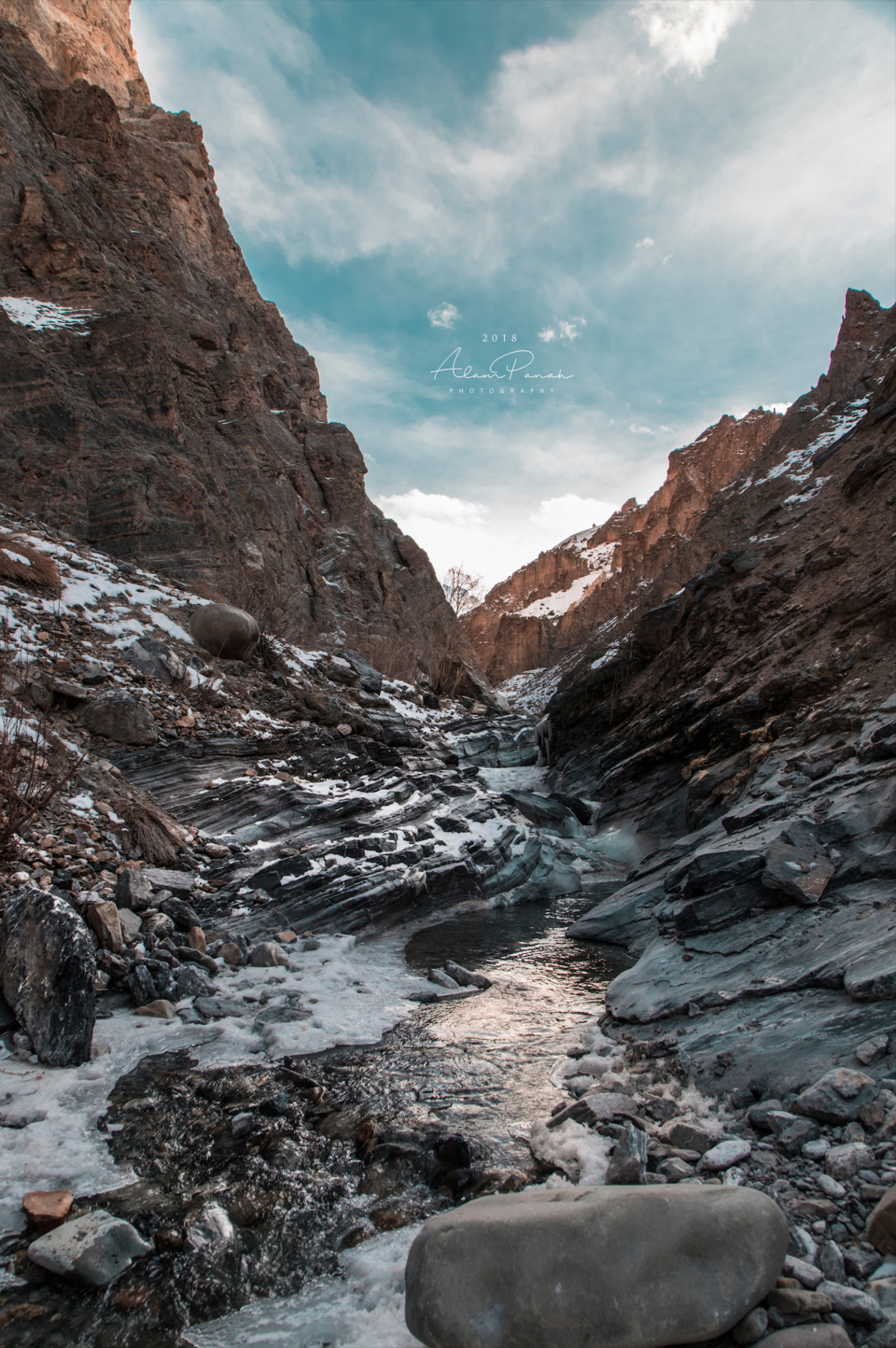
My aim is that with every trip I take, I come back with 1 money shot. That one shot, that makes the entire effort worth it. That one shot that reminds you of why you did this in the first place. This one was mine, and is the most important photograph I've ever taken. Let me tell you why.
When you're on the trek, there's a specific route you have to follow. You don't deviate much, and apart from the daily changing chadar formations, everything else that one sees and experiences is the same as anyone else would on the trek.
Now this changes on the campsites. You reach by 3 or 4 in the afternoon and you have the rest of the day to yourself. Most people like to just sit and recover, others maybe walk around and see a bit. One evening I decided to go proper exploring. My porter Thilsen and I went inside the mountains. We must've covered 3 or 4 kms of uncharted territory till Thilsen stopped me and said in all his years of this trek he's never taken anyone this far. He said that no one, not even the porters who go really far collecting firewood, come this far. And certainly no one with a camera has EVER set foot here.
And so we decided to explore even deeper.
This place you see here, had never been photographed by anyone. Ever. This was the first photograph of it's kind, and is probably my first individual contribution to making a little more of the world, accessible. I can't describe how it felt taking it.
What I learnt from the Chadar Trek
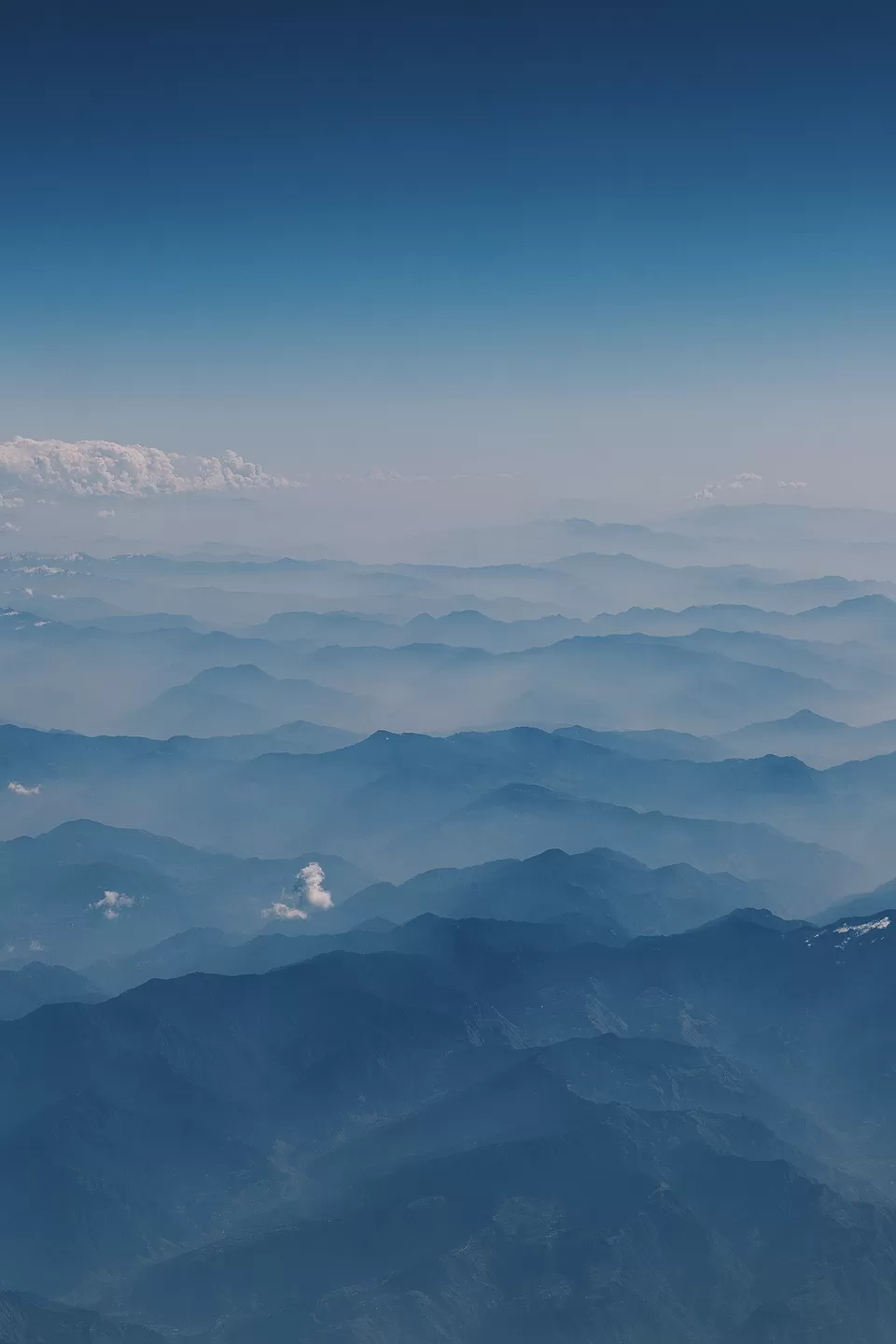
I think the biggest thing I learnt from the trek was the power of dissatisfaction. Not being satisfied takes you to places that satisfaction never could. Not being satisfied makes you lose yourself in unknown mountain routes willingly, makes you bear the extreme cold willingly, makes you wake up at ungodly hours to take that 1 shot willingly, makes you risk thousands of dollars worth of gear willingly. Not being satisfied trains your eye to be on the prowl 24x7 for interesting frames. I was never satisfied with the way the trek was documented by others. Most photographs didn't even come close to conveying the grandeur of the Chadar, and I took it upon myself to rectify that. I don't know to what extent I succeeded, but the fact that I made a small mark on how people view this part of the world is enough for me. At least for a little while :)
Some of the more practical tips are:
1. Carry a pair of spare thin gloves with you. You can't operate your camera with thick gloves, and I had to remove mine every time I took a shot. And at -20 degree temperatures, that gets extremely painful.
2. Take a decision on whether or not you want to carry your tripod. I put mine to really good use to capture low lit landscapes at base ISO, and for the night sky. However, it was a huge pain to carry it, so take a call on whether or not you're up for it.
3. Hire a porter to carry your luggage. You can't photograph the trek while lugging around a 10kg backpack. I was lucky in the sense that my luggage was sponsored and I was provided with a porter.
4. Carry all the extra batteries and memory cards you can. Batteries drain much faster in the cold. I took 5 with me, and I kept them in the inner pocket of my jacket, or wrapped up in socks to keep them warm. The last thing you want is running out of juice.
5. Don't call it a day when you reach a campsite. Go out and explore. The mountains are beautiful and you never know what to expect.
6. Make friends with the porters. They are extremely interesting and resourceful people. They all were very fond of me, and I never had to ask twice for anything, be it asking them to run up a hill in the middle of the night with a torch for me to lock infinity focus, to even packing up my sleeping bags in the morning so that I had one less thing to deal with.
7. Don't carry a drone. I had flirted with the idea before the trek, but was made to realize by multiple people that the air conditions in the valley are too risky for getting drone footage. If you still do decide to carry it, ping me and let me know how it went :)
I'll end my little writeup here. If there's one thing I hope to achieve with this, it's that I hope I inspire more people to get up and push their boundaries a little. There's so much magic in this world, and it's waiting for you to come see it.
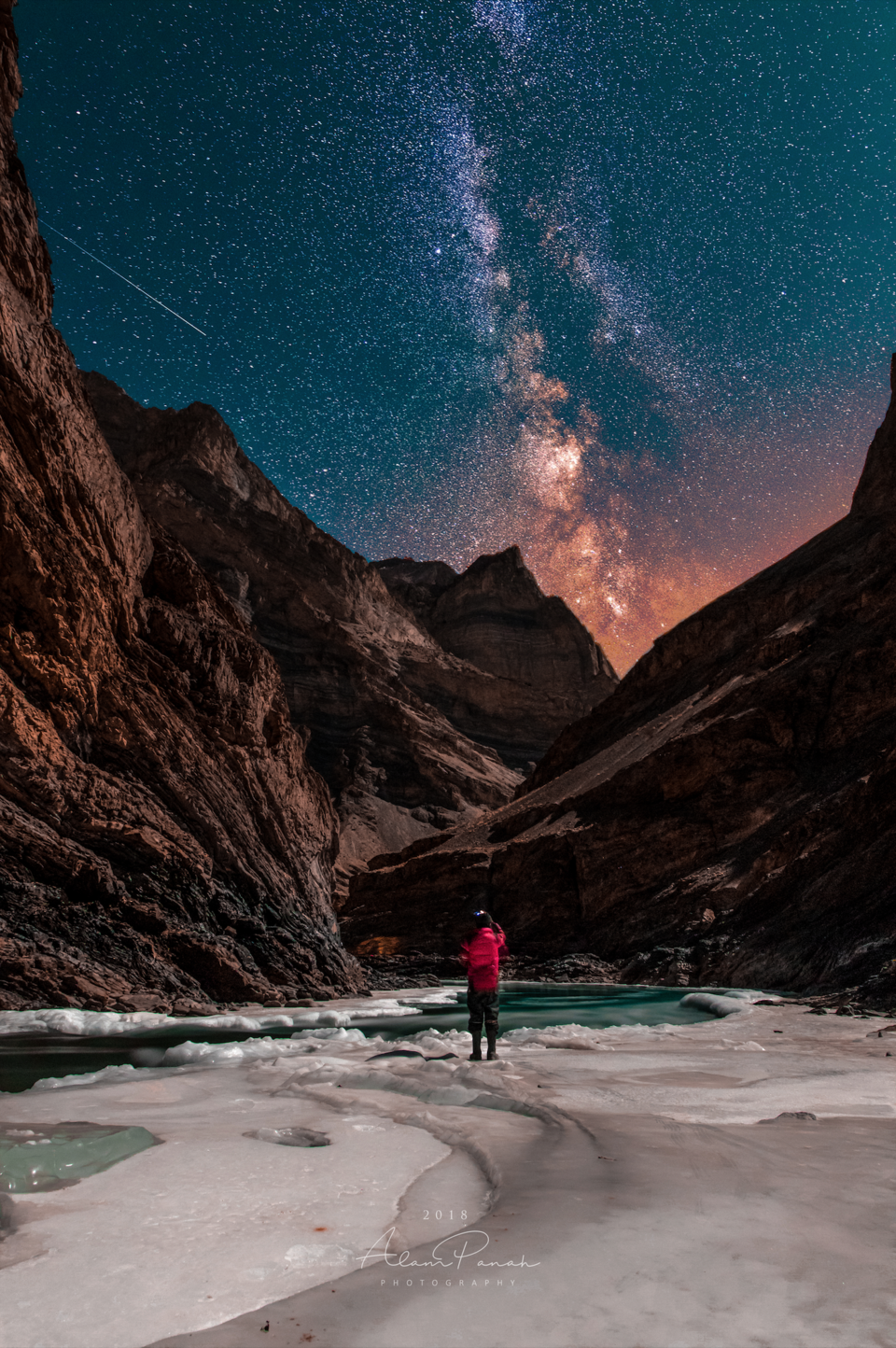
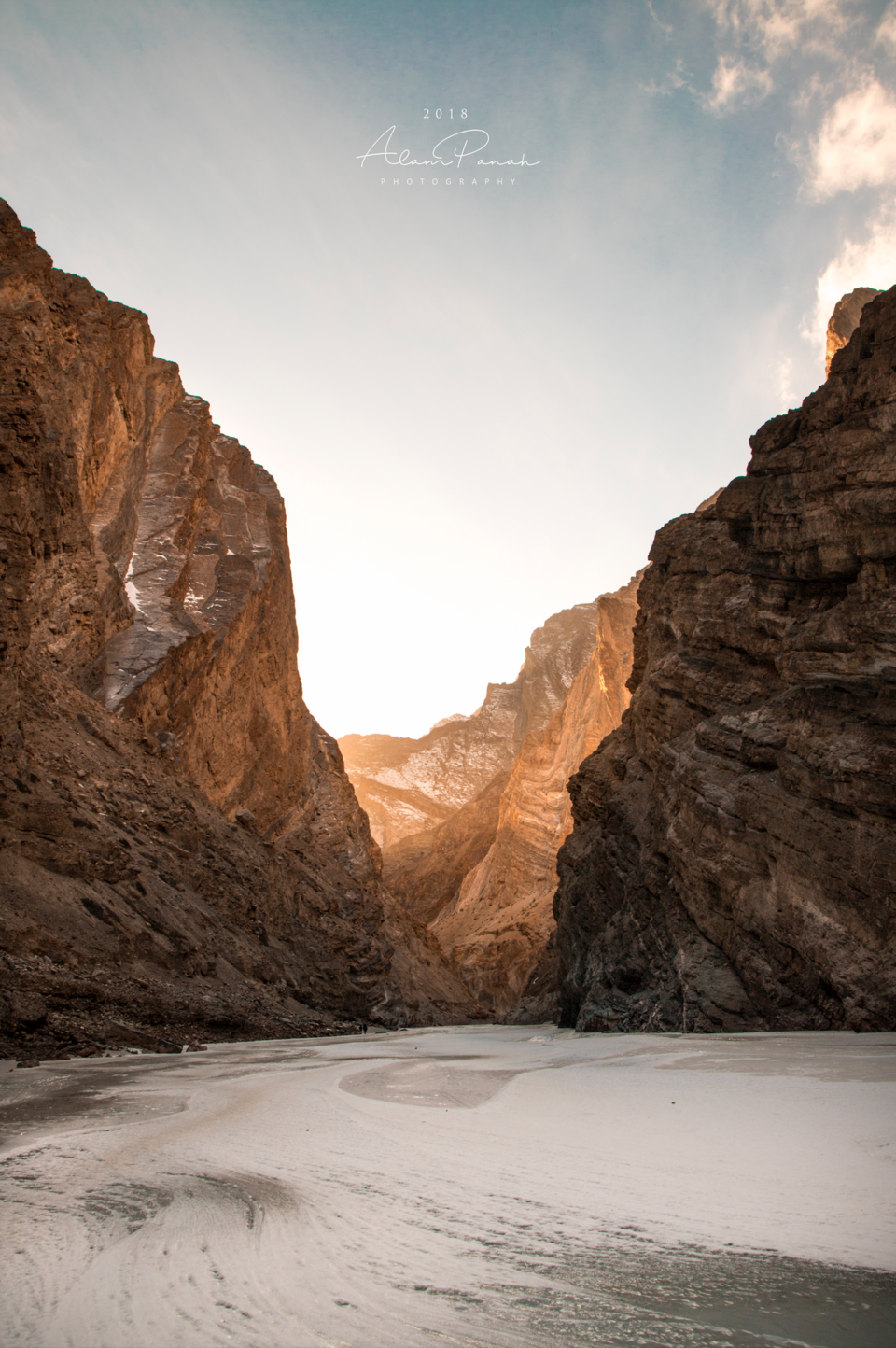
You can find more of my work here: https://www.instagram.com/alampanah/

